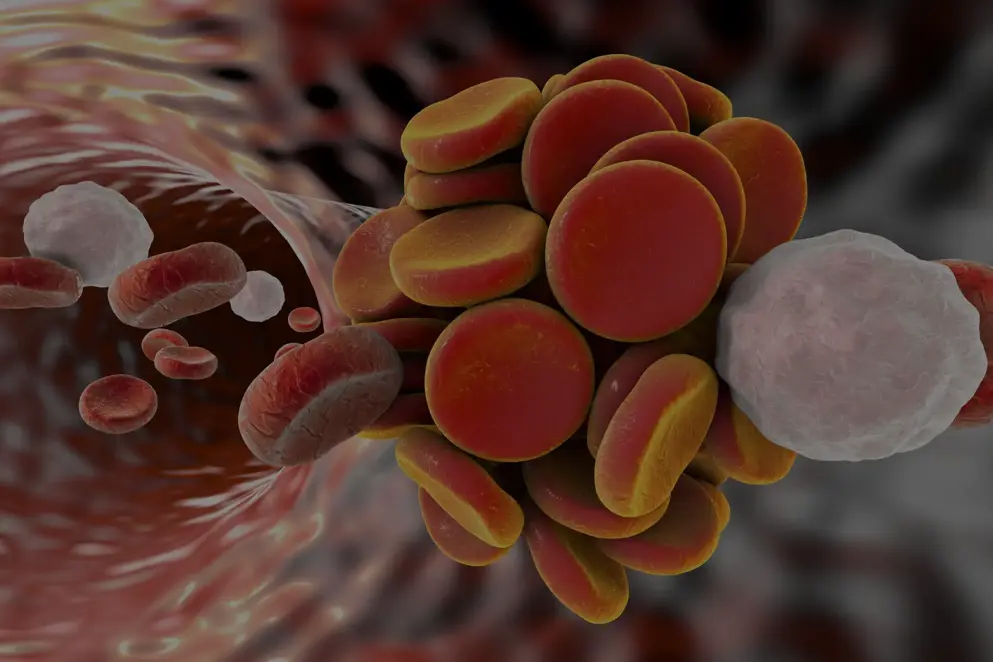
Is space travel possible without OAR?
Is space travel possible without OAR?
On Earth, an unprovoked isolated internal jugular venous thrombosis is uncommon, as the disease is usually associated with cancer, a central venous catheter or ovarian hyperstimulation (Gbaguidi et al., 2011). However, two months into an ISS mission, an ultrasound examination revealed an obstructive left internal jugular venous thrombosis in one of the astronauts participating in the vascular research study. The venous thrombosis was later confirmed by an ultrasound examination guided in real-time by two radiologists on Earth (Auñón et al., 2020). Venous thrombosis presents many dangers both in space and on Earth. As a blood clot formed within a vein, it has the potential to break off and lodge elsewhere in the circulatory system, known as a venous thromboembolism (VTE). The National Institute for Health and Care Excellence (NICE) guidelines suggest that venous thromboembolic diseases should be treated with vitamin K antagonist (VKA) anticoagulation within twenty-four hours and be continued for three months.
In This Section
References
Aunõn SM, Pattarini JM, Moll S, Sargsyan A. Venous Thrombosis during Spaceflight. N Engl J Med. 2020;382(1):89–90.
Gbaguidi X, Janvresse A, Benichou J, Cailleux N, Levesque H, Marie I. Internal jugular vein thrombosis: outcome and risk factors. QJM. 2011;104(3):209–19.
Job number: KCT16-01-0010
Developed by EPG Health for Medthority in collaboration with CSL Behring, with content provided by CSL Behring.
Not intended for Healthcare Professionals outside Europe.

